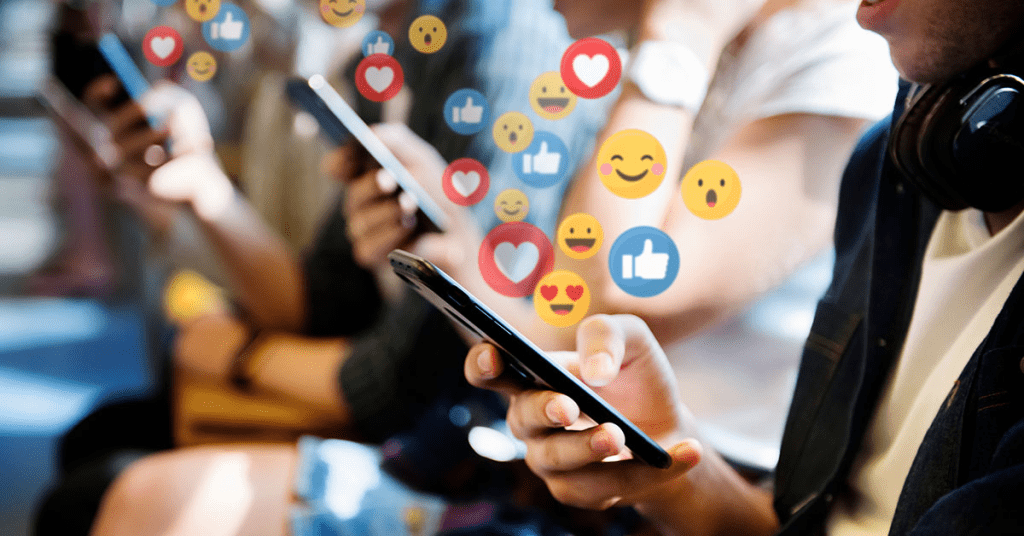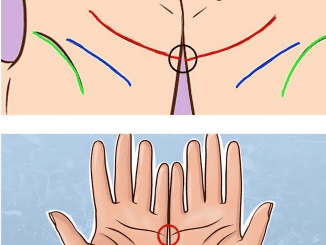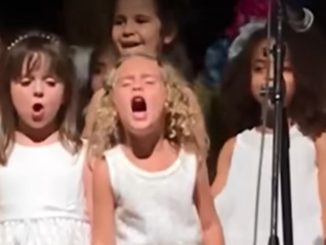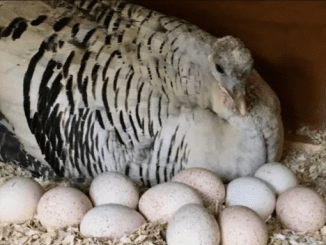In discussing emoji use across generations, it’s evident that differing outlooks shape how emojis are interpreted and employed. Jo, representing Gen Z, noted a tendency among their peers to use emojis ironically or humorously rather than in a literal sense.
They emphasized the rapid evolution of trends within their generation, requiring constant adaptation to what is deemed amusing or relevant. Conversely, Sam, a millennial, observed that younger generations utilize emojis as punctuation or brief responses, whereas older generations, including those less familiar with online culture, employ them more earnestly.

How did Gen X fare? What about baby boomers when it came to emojis?
Ant, a member of Gen X, indicated a preference for using emojis in response to others’ messages rather than initiating their use.
He acknowledged the greater frequency of emoji usage among younger individuals and expressed a personal inclination toward typing out messages without relying on emojis. Mike, a baby boomer, echoed this sentiment, suggesting that older generations are generally less inclined to use emojis compared to their younger counterparts.
When asked about specific emojis, their responses varied:




The “melting face” emoji

Jo associated it with a disdainful reaction or reluctance. Michael associated it with being bothered by something. Em and Sam associated it with feeling overwhelmed by negativity. Ant was unsure of its meaning. Mike associated it with a negative or unpleasant situation.
The “rolling on the floor laughing” emoji

Jo would use it ironically to imitate others. Em suggested using it in formal settings to clarify humor. Ant associated it with intense laughter. Mike associated it with something incredibly funny.
The “skull” emoji

Jo perceived it as conveying a “I’m dead” vibe or substituting for “bruh.” Michael associated it with indicating something stupid. Em described its use in contexts where laughter or shock is expressed. Sam related it to death from embarrassment or shock. Ant and Mike shared they haven’t used it frequently but might associate it with toxicity or death.
The “loudly crying face” emoji

Jo and Michael related it to laughing at something inappropriate or traumatic. Em associated it with expressing emotions such as beauty or cuteness. Sam mentioned it as her most used emoji, indicating happiness or feeling loved. Ant and Mike associated it with sadness or emotional situations.
The “exploding head” emoji

Jo associated it with sarcastic shock or exasperation. Michael associated it with sarcasm or indifference. Em and Sam associated it with being mind-blown. Ant associated it with overwhelming situations. Mike related it to confusion or being overwhelmed.
The “nail polish” emoji

Jo associated it with queerness or self-expression. Em related it to something fancy. Sam associated it with queer identity. Ant related it to relaxation. Mike associated it with diva behavior.
The “weary face” emoji

Jo associated it with reacting to an attractive person. Em and Sam related it to expressions of frustration or disbelief. Ant associated it with conveying bad news or regrets. Mike associated it with sad news but not necessarily death-related.
The “hot face” emoji

Michael related it to sarcastic compliments or jokingly showing heat. Em described it as feeling overwhelmed, possibly implying horniness. Sam related it to sweating due to someone’s attractiveness. Ant and Mike associated it with literal heat or high temperatures.
The “face with rolling eyes” emoji

Jo, Em, and Sam associated it with eye-rolling. Ant associated it with skepticism or confusion. Mike associated it with anticipating someone’s foolishness.
The “eyes” emoji

Jo hadn’t used it much and hadn’t seen it used. Em associated it with peeping or observation. Sam associated it with curiosity or suspicion. Mike related it to incredulousness or doubt.
The “smiling face with hearts” emoji

Jo perceived it as being used passively aggressively or sarcastically. Em related it to expressing gratitude or kindness. Sam used it to express appreciation or as a “you’re welcome.” Ant associated it with expressions of love or happiness. Mike related it to family interactions or happy occasions.
The “folded hands” emoji

Jo associated it with various uses, including expressing attraction, gratitude, or pleading. Em related it to expressing hope. Sam associated it with the gesture ‘please’. Ant found it annoying and associated it with blessings or safety wishes. Mike associated it with blessings or prayers.
The “face with raised eyebrow” emoji

Jo associated it with voicing skepticism or suspicion. Em related it to voicing disbelief or interest. Sam related it to signaling suspicion or questioning. Ant related it to describing skepticism or curiosity. Mike related it to expressing disbelief or conflict.
The “smirking face” emoji

Jo associated it with implying something or hinting at attractiveness. Michael associated it with sarcasm or sneakiness. Em related it to mischief. Sam related it to playful flirting or sneakiness. Ant and Mike weren’t sure about its usage.
Emoticons still trump emojis

Although there remains some ambiguity regarding the meanings of emojis, the purpose behind emoticons is generally well grasped. Emoticons, such as 
According to a study conducted in 2001, there is widespread consensus that the happy face



